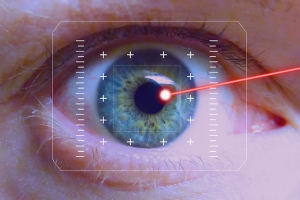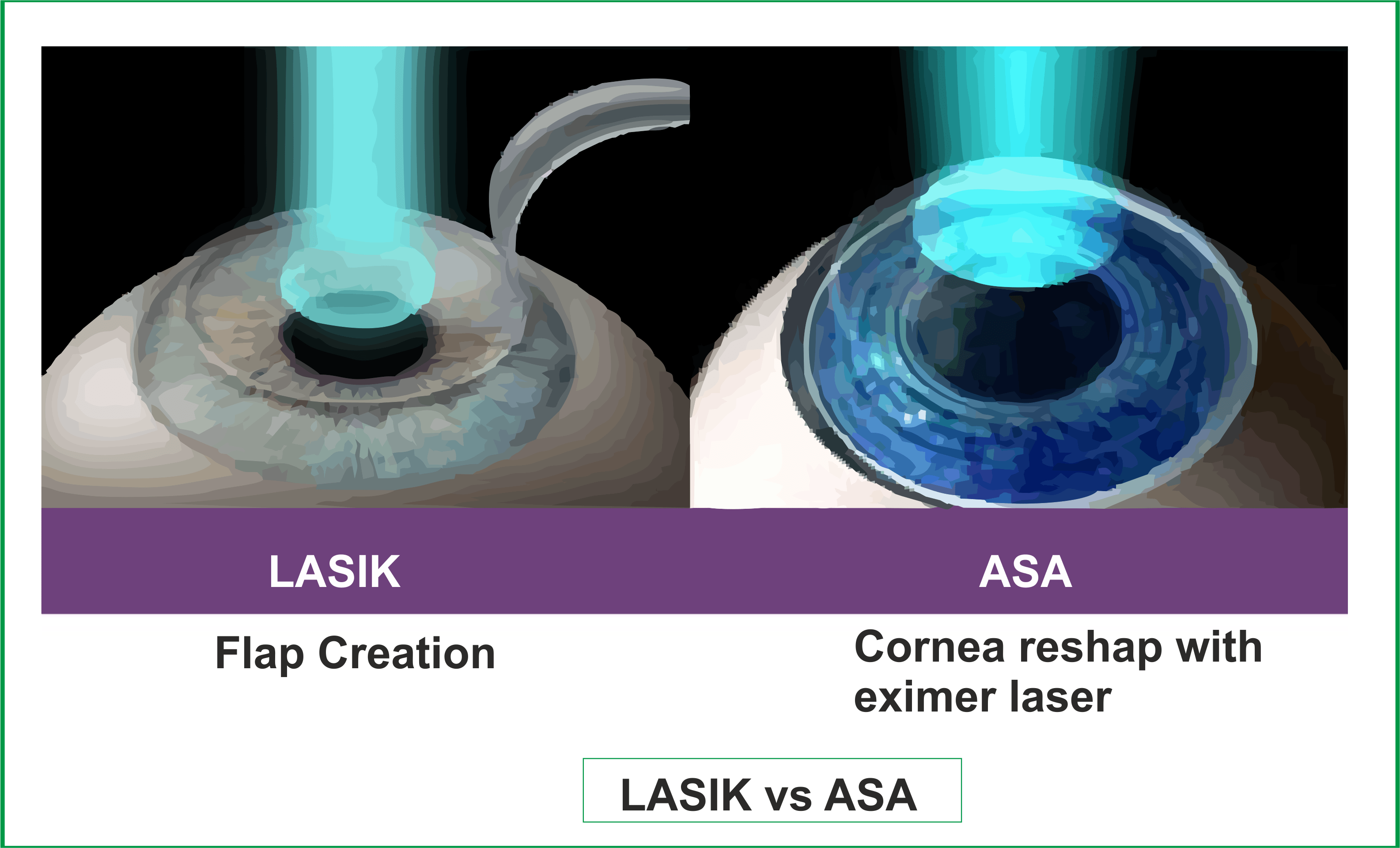vision for the future
Ramole Eye Hospital in Nashik is NABH Accredited Advanced Eye Care Centre in Nashik with all facilities like Advance PHACO Micro Surgery (MICS), Toric Lens Implant, New Refractive Tricofocal Implant, Contoura Lasik Vision Surgery, Advanced Surface Treatment, Phakic Implant (Phakic Lens/ICL), Keratoconus Treatment (C3R) etc. with Specialised & Customized Facilities available for All Age Groups including Pediatric to Senior Citizens. We provide all types of Mediclaim, ESIC, Facilities too.
ASA SURGERY HELPS IN FOLLOWING EYE PROBLEMS

Nearsightedness (Myopia)
Myopia, commonly known as nearsightedness, is a refractive error of the eye where close objects are seen clearly, but distant objects appear blurry.
Farsightedness (Hyperopia)
Farsightedness, also known as hyperopia, is a common refractive error in the eye where distant objects can be seen more clearly than nearby ones.
Astigmatism       (Blurry Vision)
Astigmatism is a common refractive error in the eye that occurs when the cornea or lens has an irregular shape, causing blurred or distorted vision.
Advanced Surface Ablation (ASA) surgery
Advanced Surface Ablation (ASA) is a category of refractive eye surgery that includes techniques like Photorefractive Keratectomy (PRK), LASEK (Laser-Assisted Subepithelial Keratectomy), and Epi-LASIK. These procedures are collectively referred to as surface treatments because they involve the removal or modification of the corneal tissue without creating a corneal flap, which is a characteristic of traditional LASIK. ASA may be recommended for individuals with thinner corneas or those who are not suitable candidates for LASIK.
Here’s an overview of the Advanced Surface Treatment procedure, with a focus on PRK as an example:

Preoperative Evaluation: Before the surgery, a comprehensive eye examination is conducted to assess the patient’s overall eye health, refractive errors, and corneal thickness. The surgeon will discuss the potential benefits and risks of the procedure and address any questions or concerns.
Corneal Epithelium Removal: In PRK, the thin outer layer of the cornea, called the epithelium, is gently removed with a softening agent such as alcohol or a specialized brush. Unlike LASIK, there is no flap created.
Laser Reshaping: After the epithelium is removed, an excimer laser is used to precisely reshape the cornea based on the patient’s prescription. The laser ablates microscopic amounts of corneal tissue to correct myopia, hyperopia, or astigmatism.
Postoperative Care: After the corneal reshaping, a bandage contact lens may be placed on the eye to protect it during the initial healing phase. Patients are typically prescribed medicated eye drops to reduce the risk of infection and promote healing.
Epithelial Regrowth: In the days following the surgery, the corneal epithelium regrows to cover the treated area. During this time, patients may experience discomfort, light sensitivity, and blurred vision.
Healing and Recovery: The complete healing process may take several days to a week, during which patients gradually experience improved vision. Regular follow-up appointments with the surgeon are essential to monitor progress and address any concerns.
ASA, including PRK, is often chosen for individuals with certain corneal characteristics or lifestyle factors that make them better candidates for surface-based procedures. While the recovery time may be slightly longer compared to LASIK, ASA can be a suitable option for those seeking vision correction without creating a corneal flap. As with any refractive surgery, individual suitability should be determined through a thorough consultation with an eye care professional.
Embark on a transformative journey to clearer vision with Advanced Surface Ablation (ASA) at Ramole Eye Hospital in Nashik. A distinguished Phaco & LASIK Specialist – Dr. Abhijeet Ramole, prioritizes precision and patient-focused care. Explore the possibilities of ASA for unmatched vision correction. Schedule your consultation now for a groundbreaking experience in eye surgery.
